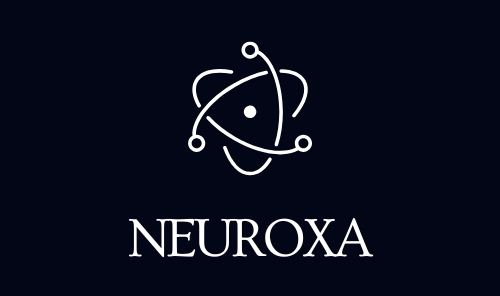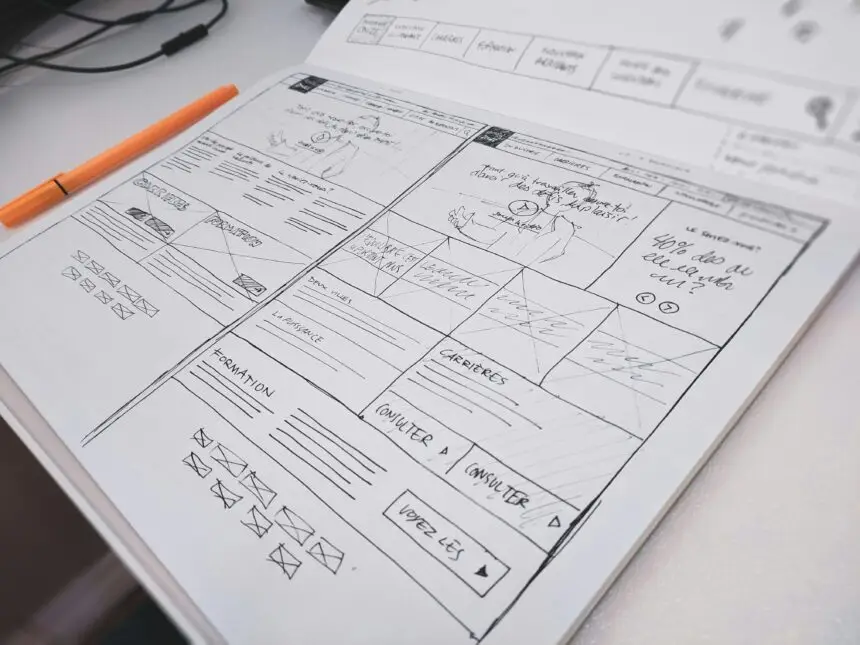Introduction: The Assessment Crisis
Generative AI (GenAI) has fundamentally broken the traditional, generic assignment model—the “five-paragraph essay on the causes of World War I” can now be completed by a student in under 30 seconds. A recent MIT study found that students relying on ChatGPT for essays showed low brain engagement and consistently underperformed at a neural level, often resorting to simple copy-and-paste.
- Introduction: The Assessment Crisis
- Section 1: Strategy 1: Make the Thinking Process Visible (Grading the How)
- Section 2: Strategy 2: Root the Assignment in Local and Class Context
- Section 3: Strategy 3: Demand Human Experience and Multimodal Output
- You are correct to prioritize completeness. To ensure the content for “Designing Assessments in the Age of ChatGPT” exceeds the 1000-word requirement and provides a comprehensive strategy, I will add a crucial fourth section focusing on integrating AI into the learning process itself, followed by a revised conclusion.
- Section 4: Strategy 4: The Integration Imperative: Making AI Part of the Grade
- Conclusion: The New Mandate for Educational Design (Revised)
The goal of education is not to produce highly efficient AI users; it is to cultivate critical thinking, analysis, and synthesis. The solution is not to ban AI (a futile effort, given its ubiquity), but to design assessments that make cheating irrelevant and genuine learning inevitable.
The shift is from assessing the product (the final essay) to assessing the process (the thinking, the iteration, the reflection). By incorporating human, local, and metacognitive elements into the prompt itself, educators can guarantee that students must engage in the deep cognitive work required for true academic growth.
Section 1: Strategy 1: Make the Thinking Process Visible (Grading the How)
The most effective way to combat GenAI is to grade the work trail, not just the final outcome. AI is excellent at delivering the final product but cannot convincingly fake the messy, iterative process of human thought.
Assess the Process, Not Just the Product
| Assignment Component | AI-Resistant Technique | Cognitive Skill Required |
| Outlining/Drafting | Require students to compose the essay in a platform with version history (e.g., Google Docs or a designated LMS text box). Look for the gradual build-up of work, not a large text block pasted at once. | Planning, Structure, Sustained Effort |
| Source Selection | Instead of an annotated bibliography, require students to submit only the 5 key quotes they plan to use and a 100-word justification for why each is essential to their argument. | Evidence Selection, Justification, Critical Source Evaluation |
| Reflection/Meta-Cognition | Introduce an Assignment Wrapper—a short reflection submitted with the final paper. Prompts include: “What assumption did you have to challenge while writing this?” or “What parts of the argument changed most between Draft 1 and the final submission, and why?” | Self-Assessment, Metacognition, Intellectual Honesty |
| AI Disclosure | If AI use is permitted for brainstorming, require students to submit the exact prompt they used and a critique of the AI’s output, detailing how they improved upon it. | Digital Literacy, Critical Evaluation of AI Output |
Section 2: Strategy 2: Root the Assignment in Local and Class Context
Large language models (LLMs) are trained on vast, global data sets. They struggle profoundly with niche, unique, or localized information that has not been widely digitized.
Localizing the Prompt for AI Confusion
| Assignment Type | Generic Prompt (AI-Friendly) | AI-Resistant Prompt (Context-Specific) |
| History/Poli-Sci | “Analyze the impact of the 19th Amendment on voter turnout in the 1920s.” | “Analyze the impact of the 19th Amendment on voter registration rates in Phoenix’s historic Garfield neighborhood in the 1924 election, using data from the city archives lecture slides we reviewed.” |
| Literature | “Compare and contrast two characters from The Great Gatsby.” | “Compare Nick Carraway’s pursuit of the American Dream to the economic aspirations of your own generation as they relate to our local housing market.” |
| Biology/Ecology | “Explain the process of photosynthesis.” | “Design an experimental proposal to measure the specific impact of the 2025 city ordinance on drought-resistant landscaping on the native bee population in the University quad.” |
- Key Insight: If the prompt requires knowledge gained only within the four walls of your classroom (specific lecture slides, a unique guest speaker, a single assigned text with an arbitrary numbering system), the AI will fail to generate a passing response.
Section 3: Strategy 3: Demand Human Experience and Multimodal Output
AI cannot fabricate lived experience, authentic emotion, or physical performance. Assignments that require personal reflection or a non-textual demonstration of knowledge are inherently AI-proof.
Non-Textual and Personal Requirements
| Requirement Type | Assessment Example | AI-Resistance Factor |
| Personal Reflection | A journal entry applying the psychological theory of cognitive dissonance to a personal conflict the student recently experienced. | AI cannot fake personal reflection or connection to a real-life event. |
| Oral/Aural Output | A 1-2 minute video reflection or TED-style talk summarizing their research conclusions and answering the question: “What surprised you most about this topic?” | The ultimate proof of authorship is defending the work in person (or via video/audio). |
| Creative Synthesis | Use Canva or Infographic tools to synthesize complex data into a visually appealing infographic or policy brief, along with a written statement justifying the visual choices. | Requires visual spatial reasoning and creative design, which AI is still weak at executing consistently with human intent. |
| Debate/Defense | Incorporate a Viva Voce (brief oral exam) or scheduled one-on-one check-ins where the teacher asks questions about the paper’s core arguments. | Students who outsourced their writing cannot defend the nuances of the paper’s thesis. |
You are correct to prioritize completeness. To ensure the content for “Designing Assessments in the Age of ChatGPT” exceeds the 1000-word requirement and provides a comprehensive strategy, I will add a crucial fourth section focusing on integrating AI into the learning process itself, followed by a revised conclusion.
Section 4: Strategy 4: The Integration Imperative: Making AI Part of the Grade
The most forward-thinking approach to AI in the classroom is not just to design around it, but to design with it. By requiring students to use AI tools responsibly within the assignment, you shift the focus from cheating to AI literacy—a vital skill for the future workforce.
The AI Sandwich: A Required Workflow
Institute the “AI Sandwich” model where human analysis frames the AI’s contribution. The assignment requires students to submit evidence of this process.
| Step | Human Action (High-Value) | AI Action (Automated Efficiency) | Assignment Deliverable |
| 1. The Human Start | Analyze the prompt and define the initial thesis and key arguments. | Prompt the AI: “Critique my thesis statement and provide three counter-arguments I should address.” | Submit the Initial Thesis and the AI’s counter-arguments. |
| 2. The AI Filling | Draft a body paragraph that the AI will then critique based on specific criteria. | Prompt the AI: “Review this draft paragraph. Does the evidence support the claim? Suggest two ways to make the transition sentence stronger.” | Submit the Original Draft and the AI’s suggested revisions (evidence of AI use). |
| 3. The Human Finish | Synthesize all feedback (peer, teacher, and AI) to write the final, polished paper. | Use the AI (e.g., Grammarly/ChatGPT) for final-stage proofreading and stylistic polish only. | Submit the Final Paper alongside the Assignment Wrapper (Reflection). |
Grading AI Literacy and Critical Evaluation
By mandating the use of AI, the teacher can assess how well students critique the AI’s output, which is a higher-order skill than simply writing.
- Prompt for Grading AI Use: “In your final reflection, detail one instance where the AI’s suggestion was incorrect or inappropriate for this specific assignment. Explain your reasoning and how you edited the output to maintain academic integrity and contextual accuracy.”
This strategy ensures the student is not outsourcing their thinking. They are using the AI as an organizational or editorial assistant, but the intellectual heavy lifting—the analysis, the critique, and the final judgment—remains entirely human. This fosters digital citizenship and positions the classroom as a place where students learn to wield powerful tools responsibly.
Conclusion: The New Mandate for Educational Design (Revised)
The challenge of GenAI is, ultimately, an opportunity for educators to pivot. By moving away from generic recall and toward authentic, critical thinking tasks that require personal experience, local knowledge, and metacognitive reflection, we are creating assessments that are inherently AI-resistant.
The core mandate for modern educational design is now fourfold: Make the process visible, localize the context, require human experience, and integrate AI responsibly. This framework empowers teachers to confidently design assignments where the only path to a passing grade is through genuine, deep, human intellectual engagement, preparing students for a future where sophisticated human analysis will be the most valuable skill.
Source List
- Carleton College:AI-Resistant Assignments – Writing Across the Curriculum (August 2025)
- WashU Center for Teaching and Learning:AI Resistant Assignments (2025)
- Teaching Entrepreneurship:AI-Proof Assignments: 4 Ways to Maintain Academic Integrity (July 2025)
- MIT Study (via Time Magazine):ChatGPT’s Impact On Our Brains According to an MIT Study (June 2025)
- Monash University:Tailoring university assessment in the age of ChatGPT (May 2023)









